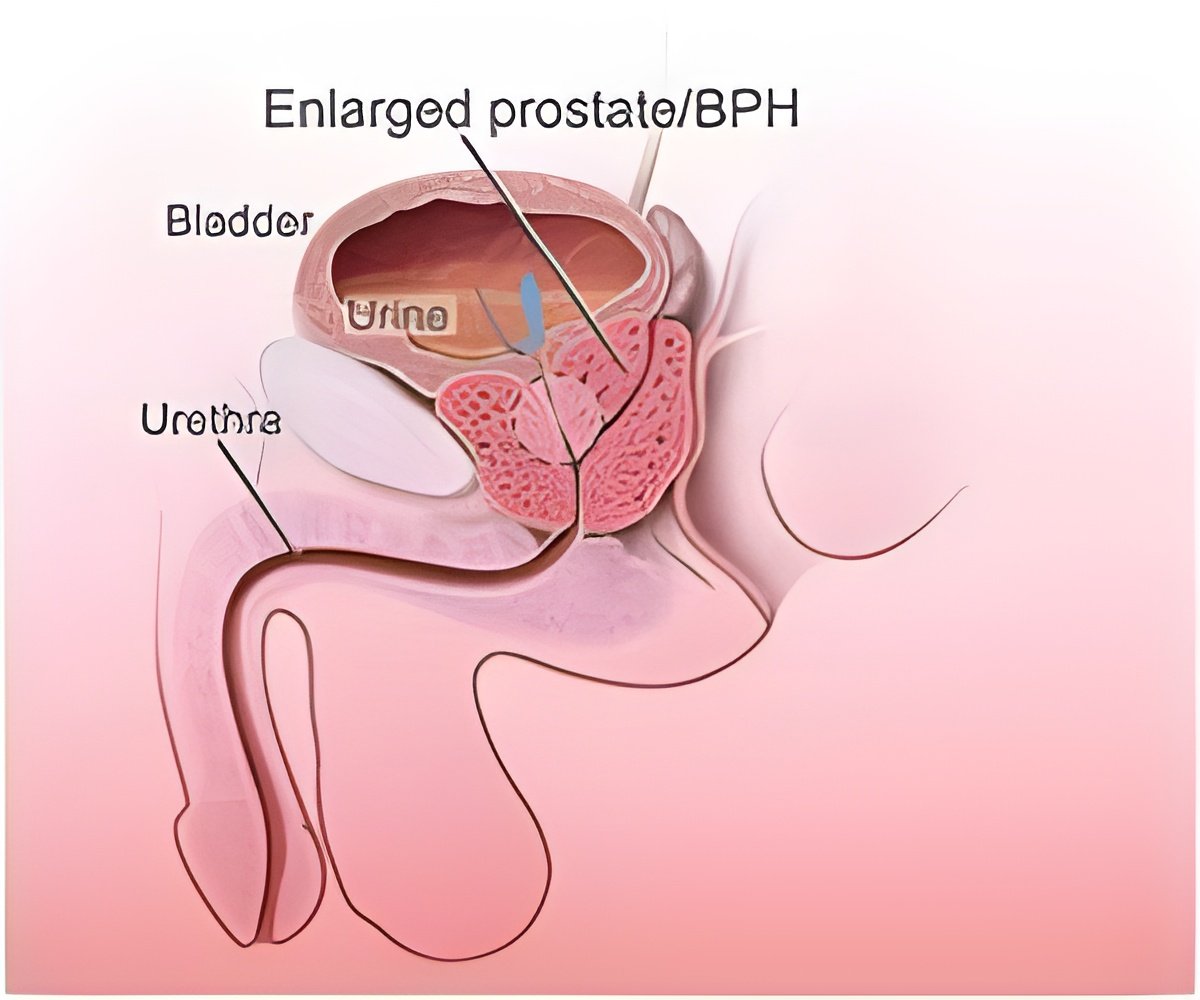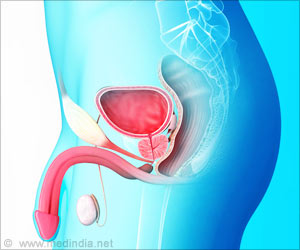
BPH is a condition in which the prostate is enlarged but not cancerous. Using an interventional radiology treatment known as prostate artery embolization (PAE), clinicians were able to improve patient symptoms, regardless of the size of BPH before the treatment, researchers found in a retrospective study.
"As health care moves toward more patient-centered care, it's critical that interventional radiologists, in collaboration with urologists, are able to provide BPH patients with a relatively painless, outpatient procedure," said Sandeep Bagla, M.D., the study's lead researcher and an interventional radiologist at Inova Alexandria Hospital in Virginia. "This innovative treatment offers less risk, less pain and less recovery time than traditional surgery, and we are hopeful that further research will confirm it to be an effective therapy for BPH," he added.
Bagla and his team examined the cases of 78 patients who underwent prostate artery embolization for BPH as part of the clinicians' routine practice. Patients were categorized into three different analysis groups based on the size of the enlarged prostate: less than 50 cubic centimeters, between 50-80 cubic centimeters and greater than 80 cubic centimeters. The researchers evaluated the effectiveness of PAE in these patients at one, three and six months post treatment.
Ninety-six percent of cases (75 of 78) were considered technically successful, with both blood vessels leading to the enlarged prostate blocked by PAE treatment. The researchers found symptom improvement and that quality of life, as measured by the American Urological Association Symptom Index, significantly improved in all three patient groups. When comparing each group, there was no difference in outcome as well. Using the International Index of Erectile Function, patients also did not report a change in their sexual function. Bagla attributes this low rate of side effects to the fact that PAE is conducted via the femoral artery versus other treatments, which enter through the urethra or penis.
"Many men have benign prostatic hyperplasia that cannot be treated by traditional methods, such as when the BPH is smaller than 50 cubic centimeters or larger than 80 cubic centimeters," said Bagla. "Prostate artery embolization offers these patients an effective treatment that results in reduced risk of bleeding, urinary incontinence or impotence, compared to other BPH therapies, offering patients a better quality of life," he added.
Advertisement
BPH affects more than 50 percent of men ages 60 and older in the United States, and more than 80 percent of men 80 and over, according to Bagla.
Advertisement
Interventional radiologists, given their knowledge of arterial anatomy, experience with microcatheter techniques and expertise in other embolization procedures, are the specialists best suited for the performance of PAE. He also noted that SIR supports the performance of high-quality clinical research to expand the numbers of patients studied, to extend the duration of follow-up and to compare the PAE procedure against existing surgical therapies.
Source-Medindia


![Prostate Specific Antigen [PSA] & Prostate Cancer Diagnosis Prostate Specific Antigen [PSA] & Prostate Cancer Diagnosis](https://www.medindia.net/images/common/patientinfo/120_100/prostate-specific-antigen.jpg)








